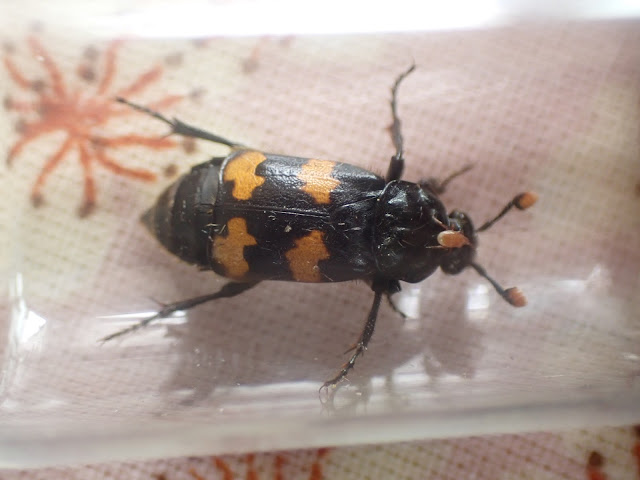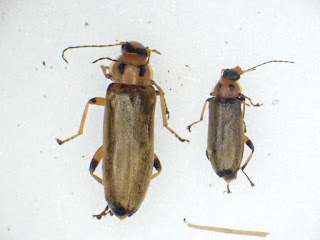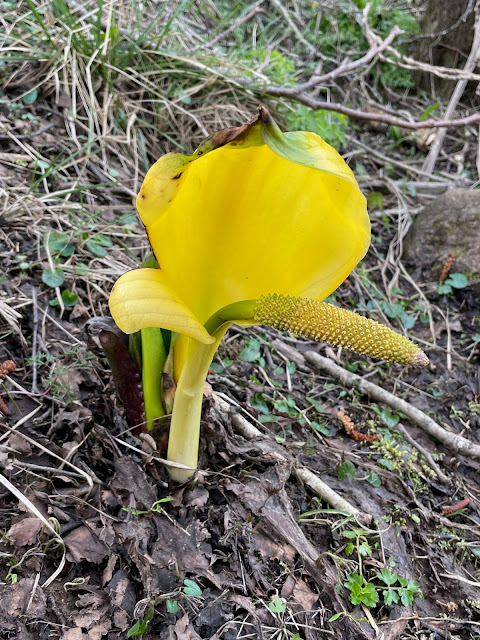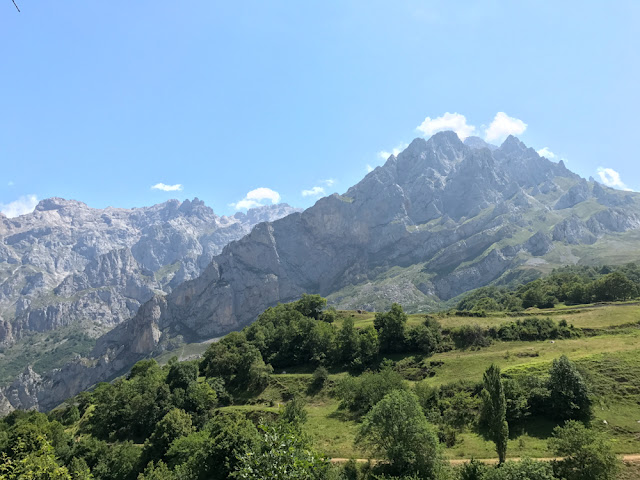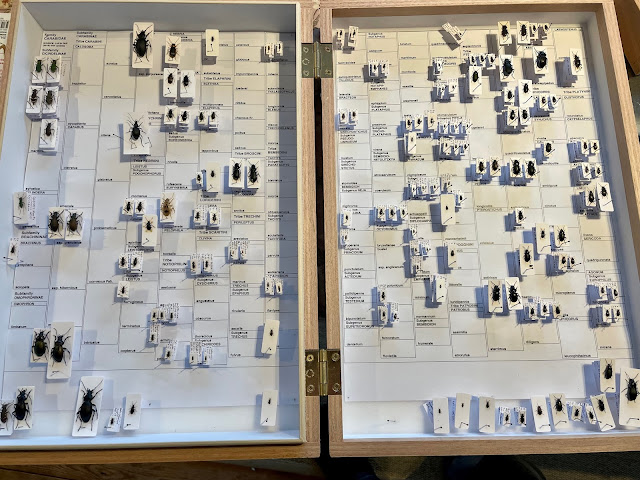So that's the end of 2022 and five months since my last post...
Natural history has taken a bit of a back seat over the last few months after a frenetic couple of years of beetling and that has meant that I've had far less to blog about. With a significant birthday coming up in 2023 I have been focussing more on running and have booked to run one possibly two ultra marathons over the next few months, so training for that has eaten into my spare time.
I've still got a few tubes in the fridge that need going through and that might mean I can post some stuff over the coming weeks, plus I can always have a rummage in some tussocks or sieve the grass heap in the garden.
In terms of highlights, our family holiday to north west Spain and Portugal was most definitely it, with views and places too numerous to mention. However, our last night in the Picos de Europa provided an hour or two of ever changing skies, where the light played over maginificent peaks and far off thunder clouds added drama and quiet threat. Sat watching it all play out brought that sense of insignificance that being in such places at such times can bring.
Here's to 2023! I hope it brings you everything you need.
The post title comes from the opening track of probably my most listened to album this year, The line is a curve by Kae Tempest. A magnificent creation.





